To date, of the more than 500 people who have flown into space, only 11% of them have been women. Nearly all of these women have flown in NASA programs, with the rest joining the Soviet/Russian and Chinese space programs.
NASA astronaut Peggy Whitson aboard the ISS. Photo: NASA
In terms of numbers, the United States has sent the most women into space. Since 1961, a total of 50 female astronauts have flown with NASA, including Peggy Whitson, who currently holds the record for most consecutive days in space by an American. However, women account for only 14 percent of all Americans sent into space.
The first woman to travel into space
On June 16, 1963, Soviet cosmonaut Valentina Tereshkova became the first woman to travel into space aboard the Vostok 6 spacecraft.
Soviet cosmonaut Valentina Tereshkova became the first woman in space when she flew on the Vostok 6 mission, June 16, 1963. Photo: NASA
Valentina Vladimirovna Tereshkova was born in 1937 to a peasant family in Maslennikovo, Russia. She began working in a textile factory at the age of 18. At 22, she made her first parachute jump with the help of a local aviation club. Tereshkova’s passion for parachuting brought her to the attention of the Soviet space program, which was looking to send a woman into space in the early 1960s to add another “first in space” title to the Americans.
As a skilled skydiver, Tereshkova was well-equipped to handle one of the most challenging tasks of the Vostok space flight, a forced ejection from the spacecraft at an altitude of nearly 6,100m during its return to Earth.
In February 1962, she, along with three other female skydivers and a female pilot, was selected to participate in intensive training to become an astronaut.
In 1963, Tereshkova was selected for the second double flight of the Vostok program, with two spacecraft, Vostok 5 and Vostok 6. On May 14, 1963, Vostok 5 was launched with cosmonaut Valeri Bykovsky on board. While Bykovsky was still orbiting the Earth, Tereshkova was launched on June 16 in Vostok 6. Although the two spacecraft were in different orbits, at one point they were only three miles apart, allowing the two cosmonauts to exchange brief communications. Tereshkova's spacecraft was guided by an automatic control system.
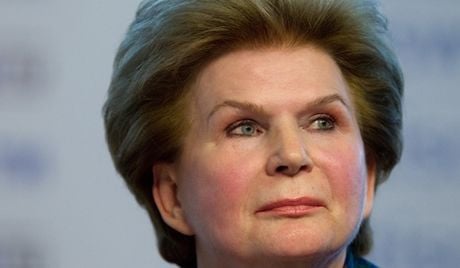
On June 19, after 48 orbits and 71 hours in space, Vostok 6 re-entered the atmosphere, and Tereshkova successfully parachuted back to Earth after ejecting at an altitude of 6,100 meters. Bykovsky and Vostok 5 also landed safely a few hours later.
After her historic space flight, Valentina Tereshkova received the Order of Lenin and the title of Hero of the Soviet Union. In November 1963, she married cosmonaut Andrian Nikolayev, with whom she had a daughter, and later separated.
In 1966, Tereshkova became a member of the Supreme Soviet, the Soviet Union's national legislature; she also served as a representative of the Soviet Union at many international women's organizations and events. She never flew into space again, and her flights were the last by a female cosmonaut until the 1980s.
First American woman in space
Sally Ride (May 26, 1951 – July 23, 2012) was an American astronaut, physicist, and engineer who made history for the Western world when she became the first American woman to fly into space, piloting the space shuttle Challenger in 1983.
Astronaut Sally Ride. Photo: rmg.co.uk
Born in Los Angeles, Ride joined NASA in 1978 and was the third woman to go into space overall, following Soviet cosmonauts Valentina Tereshkova (1963) and Svetlana Savitskaya (1982). To this day, Ride remains the youngest American astronaut to travel to space at the age of 32. Furthermore, Ride is the first known LGBT astronaut.
Ride has held prominent positions in academia, including at Cornell University and the University of California. She has also founded several organizations to promote STEM (science, technology, engineering, and mathematics)education .
First African American Woman in Space
Mae Carol Jemison, born October 17, 1956, is an American engineer, biologist, and NASA astronaut. She became the first African-American woman in space when she entered orbit aboard the Space Shuttle Endeavour on September 12, 1992.
Mae Carol Jemison. Photo: NASA
Mae Jemison applied to NASA's space program in 1983 after being inspired by Sally Ride's mission. She joined NASA in 1987 and was one of 15 candidates selected from over 2,000 applicants.
On the space shuttle Endeavour, Mae Jemison worked on experiments studying bone cells. She left NASA in 1993 to pursue research in the social sciences interacting with technology, an area she continues to work on as a professor at Cornell University and through several of her own companies.
The first British woman to fly into space
Helen Patricia Sharman, born 30 May 1963, a chemist and technician, became the first British astronaut to fly into space and the first woman to visit the Mir space station in 1991.
Sharman was selected as a candidate after responding to a radio advertisement asking for British astronaut candidates “no experience necessary”. Despite the simple requirements of the advertisement, the selection criteria were quite strict. Sharman’s background in chemistry, her ability in foreign languages and her physical fitness helped her to be selected from a pool of nearly 13,000 applicants. She was chosen live on British television on 25 November 1989.
Helen Sharman, the first British woman to fly into space in a spacesuit. Photo: BBC
Sharman was selected as one of only two candidates to take part in full-time cosmonaut training in Moscow. The space program was called Project Juno and was a collaboration between the Soviet Union and the British space programs.
The Soyuz mission, which included Soviet cosmonauts Anatoly Artsebarsky, Sergei Krikalev and Sharman, launched on May 18, 1991, and spent eight days in orbit. Sharman's time aboard Mir involved a number of medical and agricultural experiments, as well as taking photographs of the British Isles from the station.
At the time, Sharman was nearly 28 years old, making her one of the youngest individuals ever to fly into space.
First Indian woman to fly into space
Kalpana Chawla (March 17, 1962 – February 1, 2003) was an American astronaut and engineer. She was the first Indian-born woman to travel to space and the second Indian to travel to space.
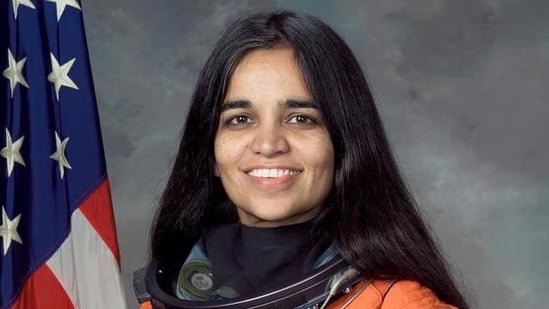
Kalpana served at NASA as a mission specialist and robotic arm operator on the Space Shuttle Columbia. The flight launched on November 17, 1997, and it was in space for 15 days and 12 hours.
Six years after her first flight, she made her second trip on the space shuttle Columbia, which ended in disaster. On February 1, 2003, the shuttle exploded upon re-entry into the Earth's atmosphere, killing all seven crew members, including Kalpana. Between her two missions, Kalpana spent more than a month in space.
Margaret Hamilton – NASA Computer Pioneer
Margaret Heafield Hamilton (born August 17, 1936) is an American computer scientist. She is credited with leading the development of onboard flight software for NASA's Apollo space program and was instrumental in the Apollo 11 mission and the American Moon landing.
After graduating from Earlham College and Brandeis University with degrees in mathematics, Hamilton joined the Massachusetts Institute of Technology (MIT) in 1960, where she was recruited as one of the designers of the air defense program and was later invited to join NASA to develop the Apollo space software program. By 1965, Hamilton was put in charge of the in-flight software for the Apollo space program, and three years later she had a team of 400 people working with her on software design.
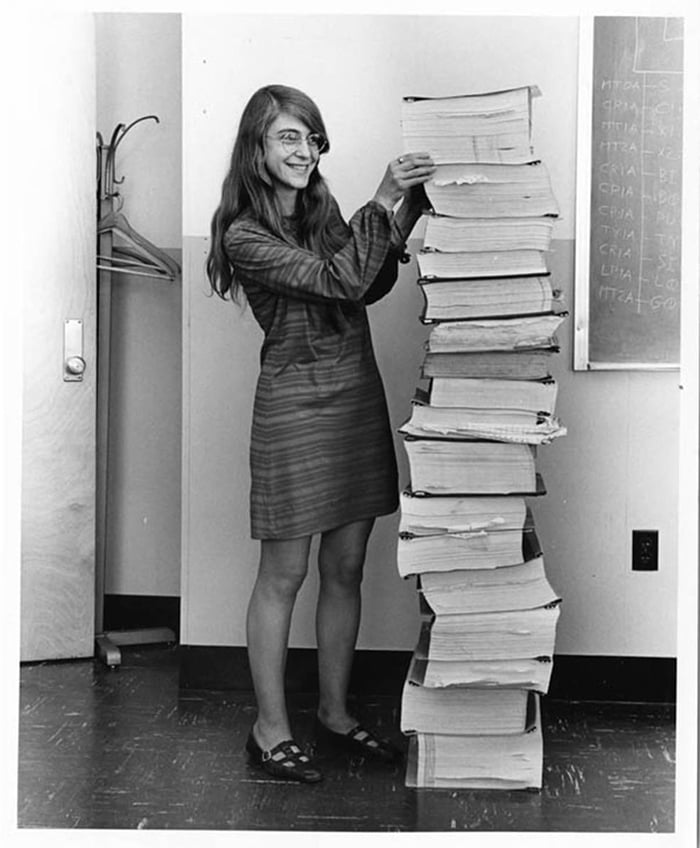
The Apollo software was designed to be more capable than it was originally designed to be. The system, which consisted of thousands of lines of code, identified and prioritized various problems and resolved them through a set of recovery routines. This was a necessary development to allow ground control and the Apollo 11 pilots to decide whether to land or not, based on priority alarms.
The software was so successful in the Apollo missions that NASA used these systems in many of their later projects, including the Skylab space station project.
Katherine Johnson - NASA mathematician
Katherine Johnson (August 26, 1918 – February 24, 2020) was an African-American mathematician. Her calculations influenced every major NASA space program.
In 1961, she calculated the flight path for Alan Shepard, the first American in space. She was also instrumental in plotting the trajectory for John Glenn, the first American in orbit. Her calculations were also essential in figuring out the timing of launches, including the Apollo 11 mission to the Moon.
First all-female spacewalk
NASA astronauts Christina Koch and Jessica Meir performed the first all-female spacewalk on Friday, October 18, 2019.
Astronauts Christina Koch and Jessica Meir. Photo: NASA
Although women have been performing spacewalks since the 1980s, this is the first time an all-female crew has done so. The mission involved repairing a faulty power supply on the International Space Station.
SpaceX's first crew flight to the ISS
On March 3, 2020, NASA announced that it had assigned Shannon Walker to perform the first crewed flight of the SpaceX Crew Dragon spacecraft on a mission to the International Space Station (ISS).
Walker joins astronauts Michael Hopkins and Victor Glover Jr from NASA and Soichi Noguchi from the Japan Aerospace Exploration Agency, on a six-month expedition aboard the ISS.
Walker previously spent 163 days as a flight engineer on the ISS in 2010.
Huong Giang (synthesis)
Source


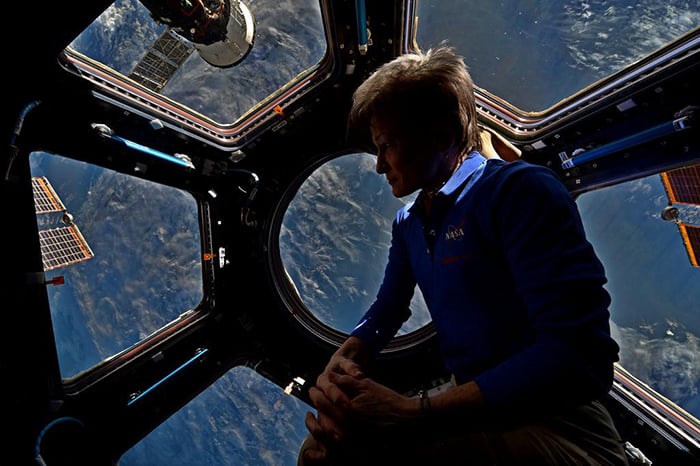
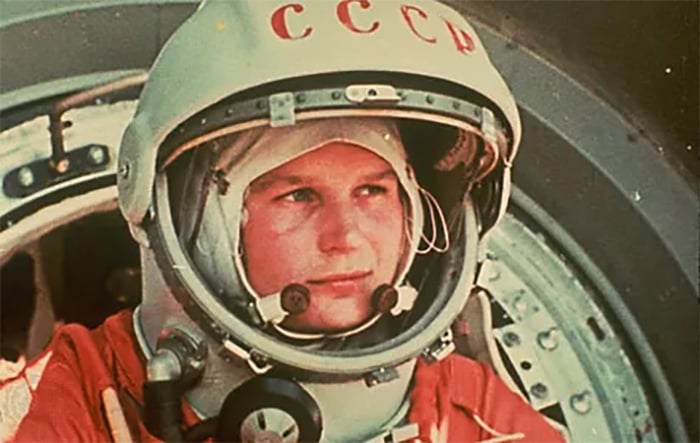
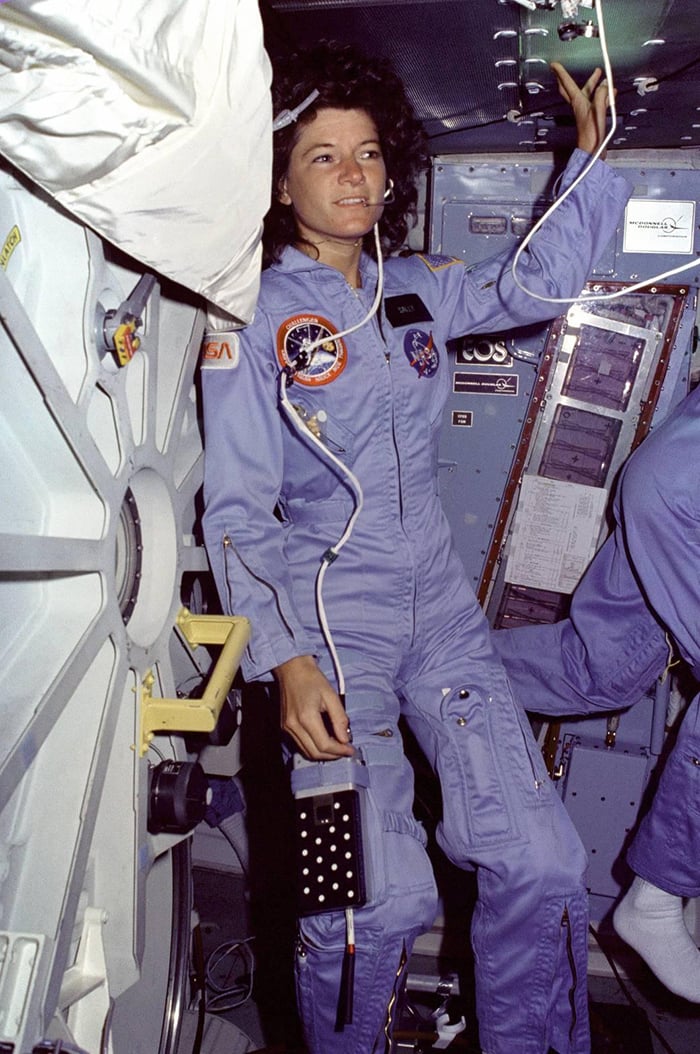
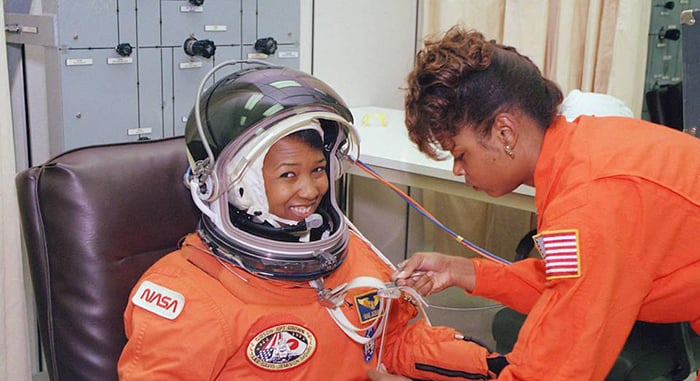
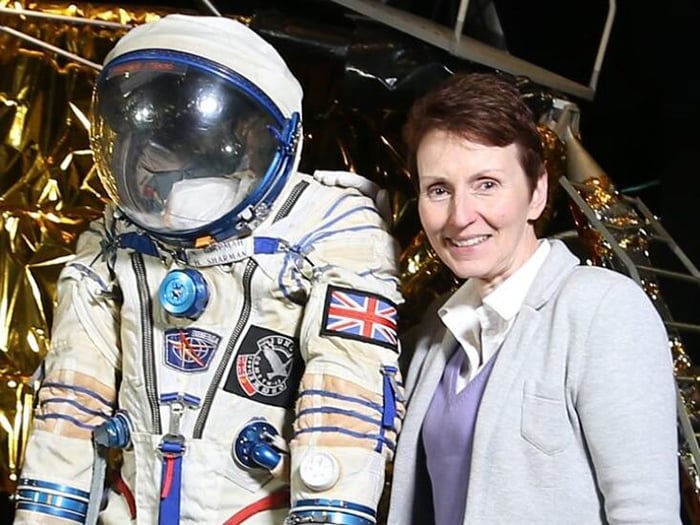
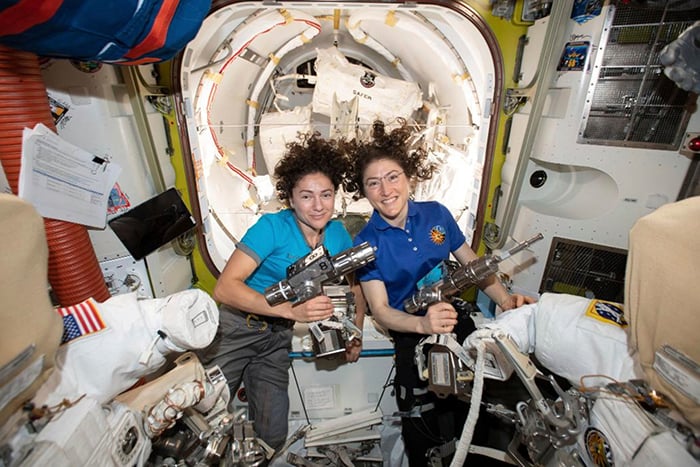

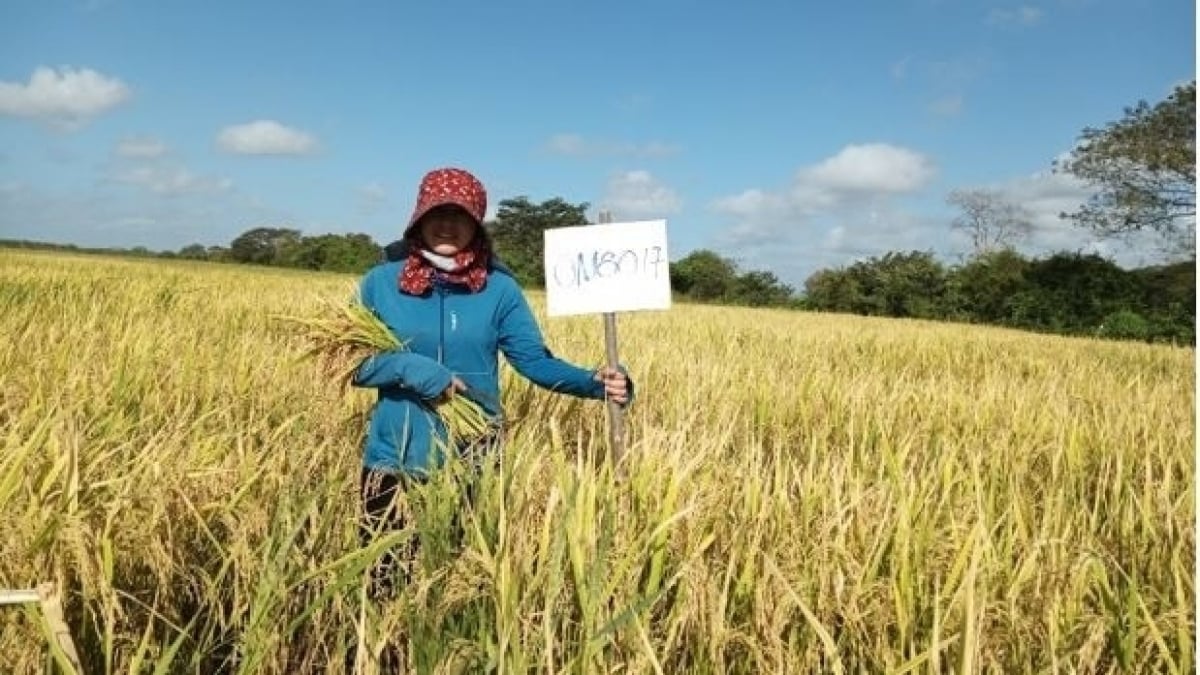
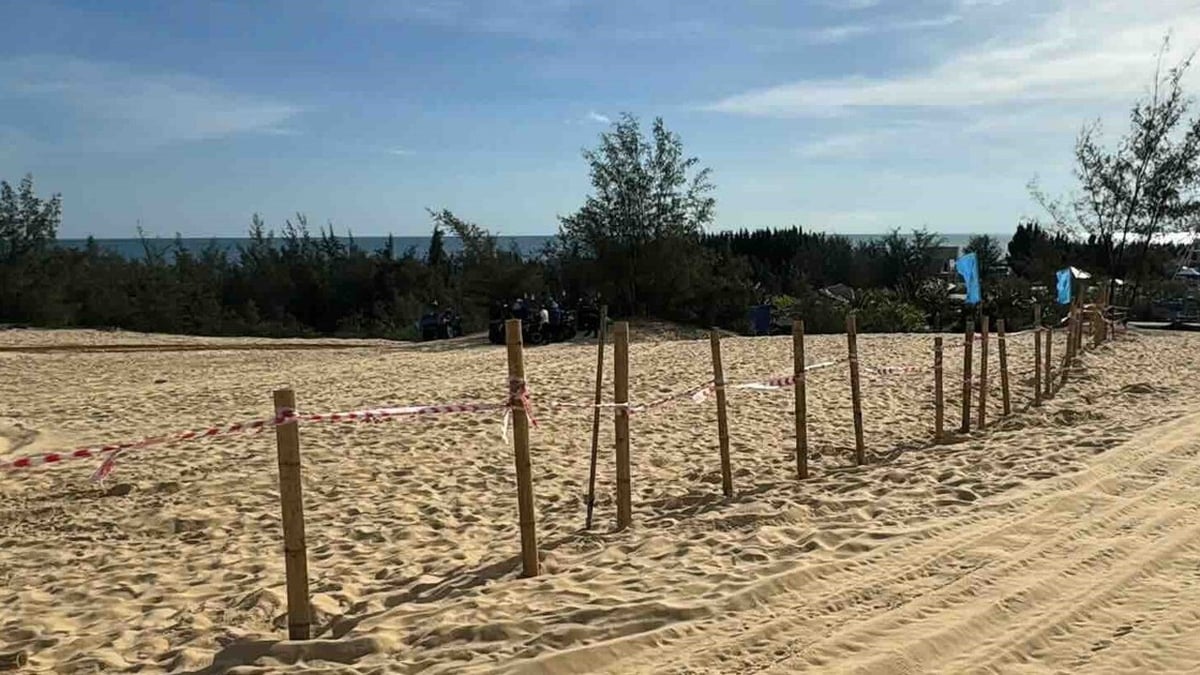
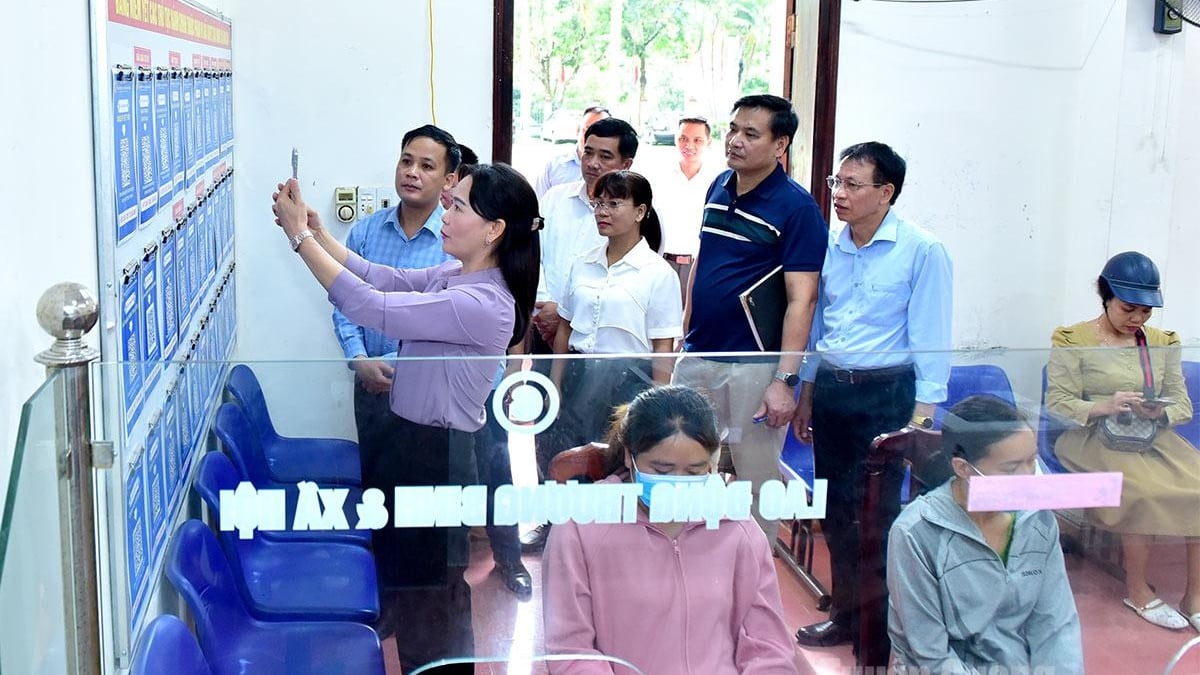
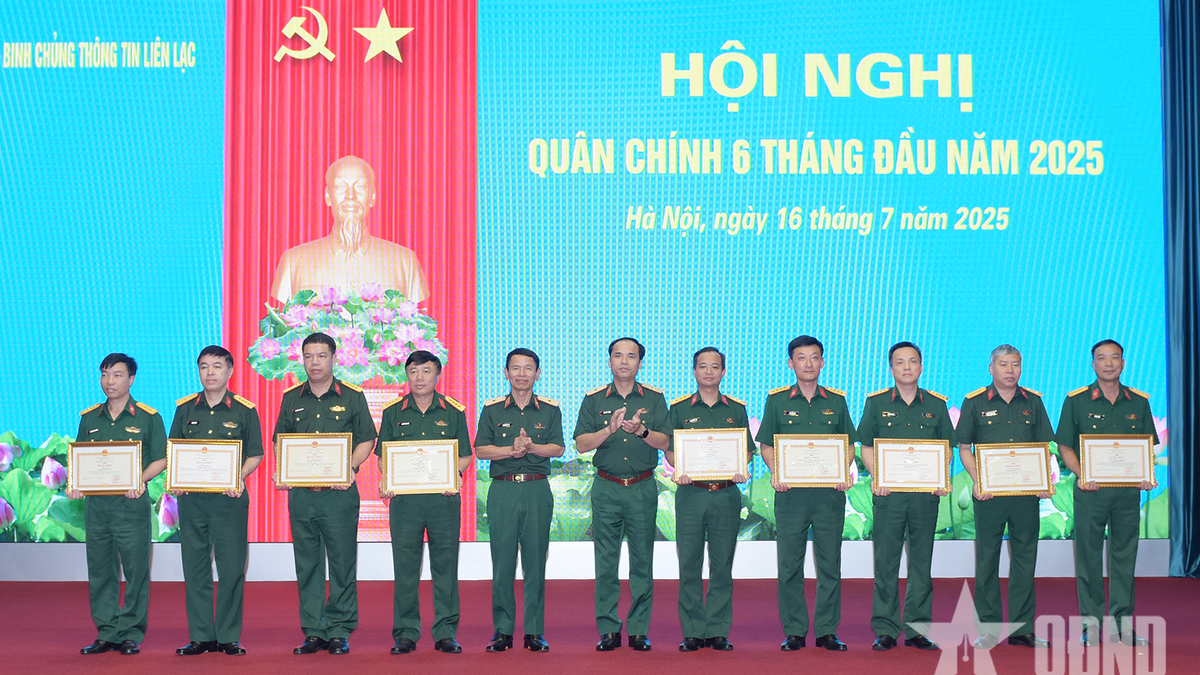

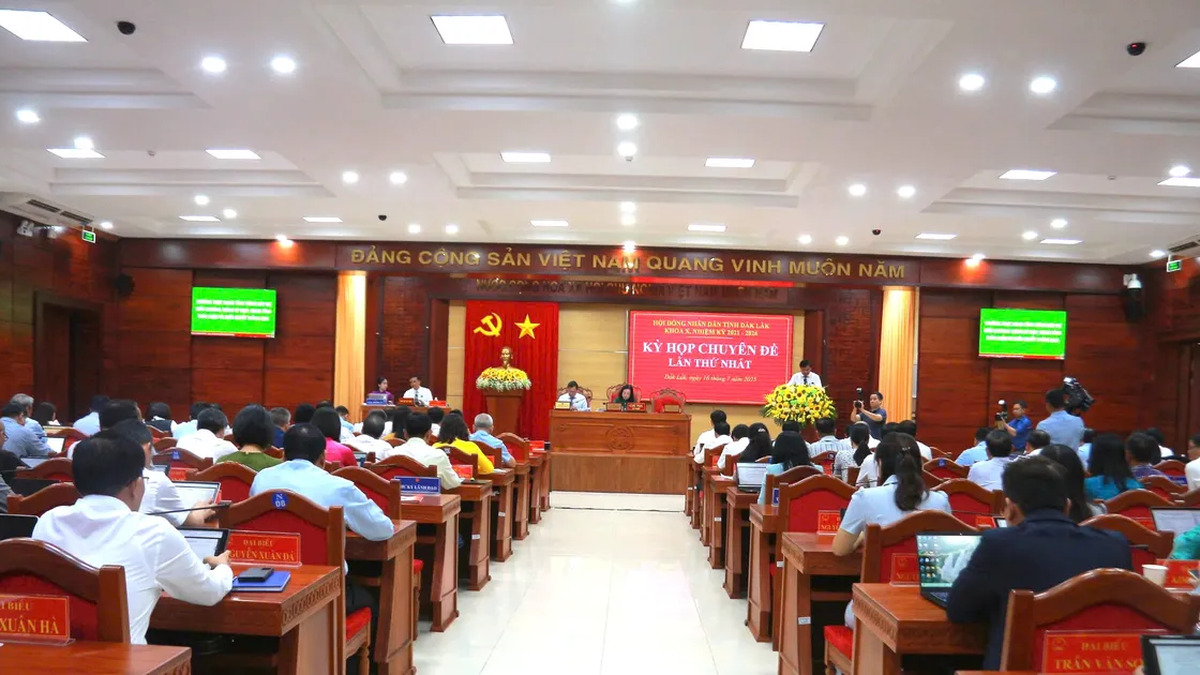
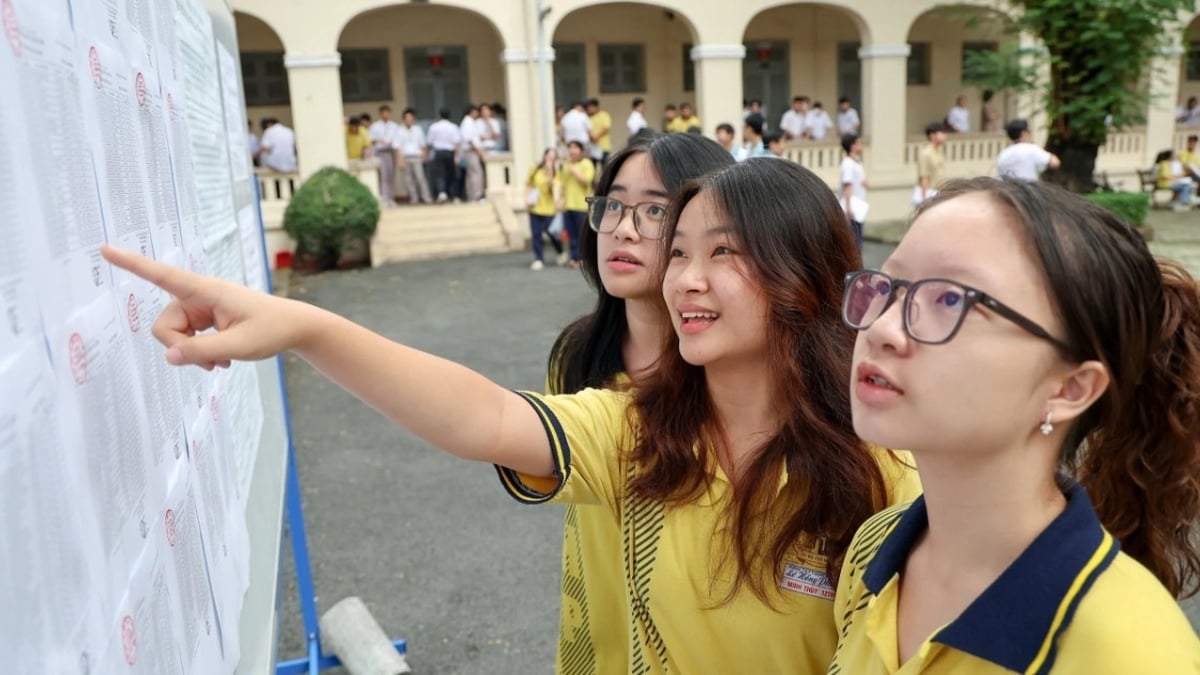
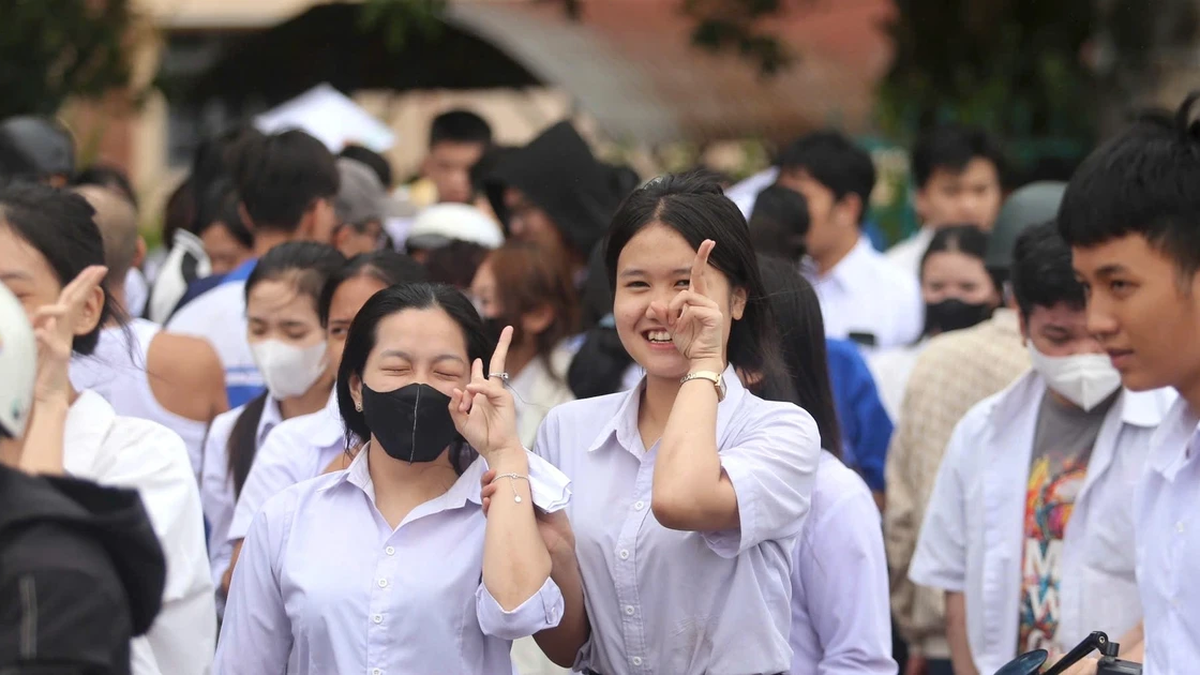



























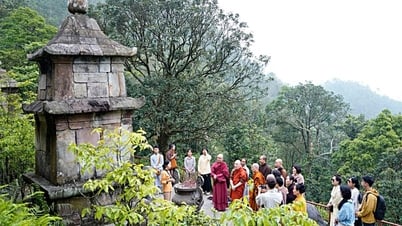





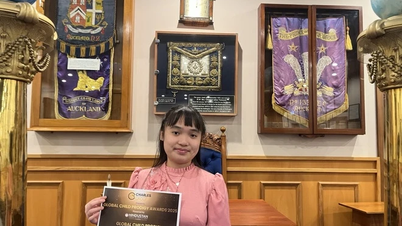
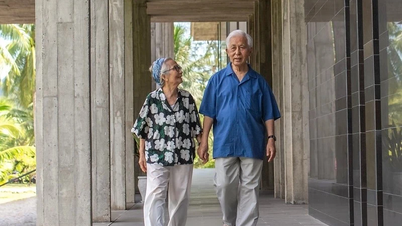

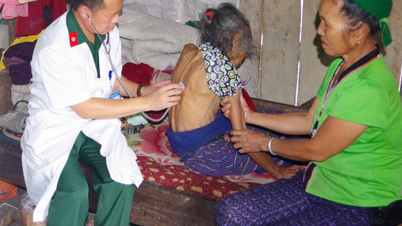





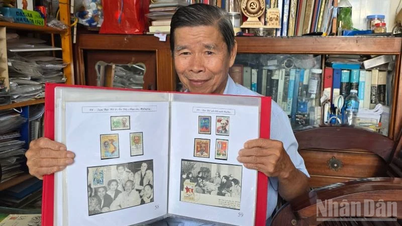




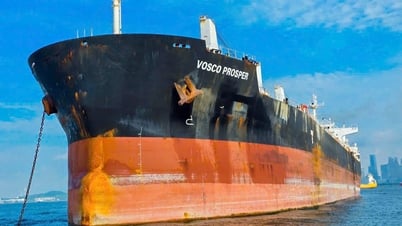





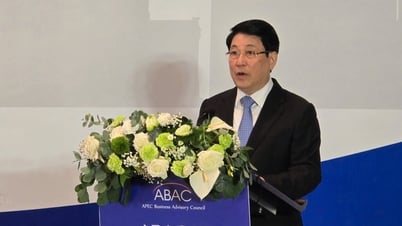


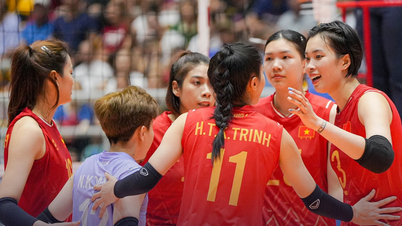
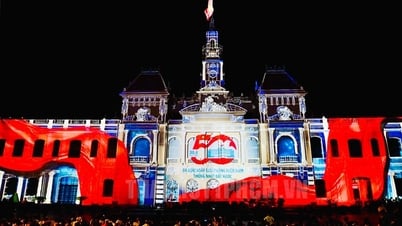

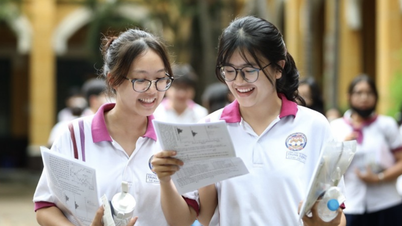
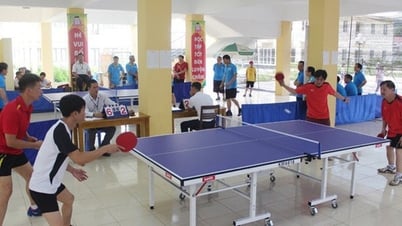



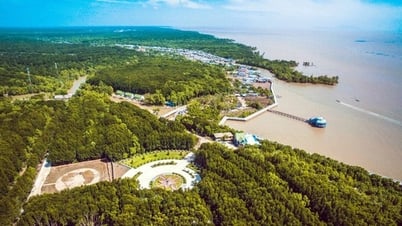

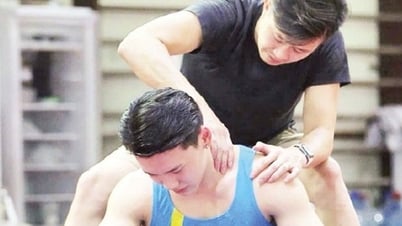
















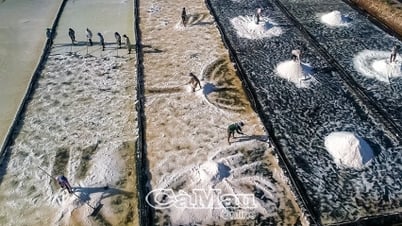





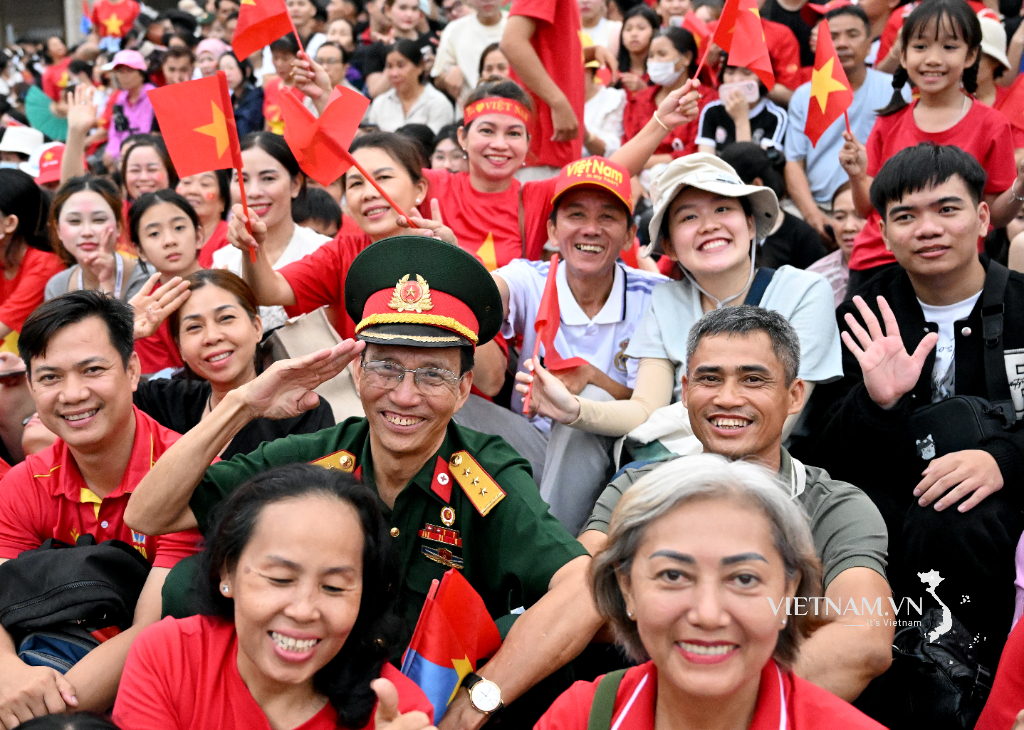
Comment (0)